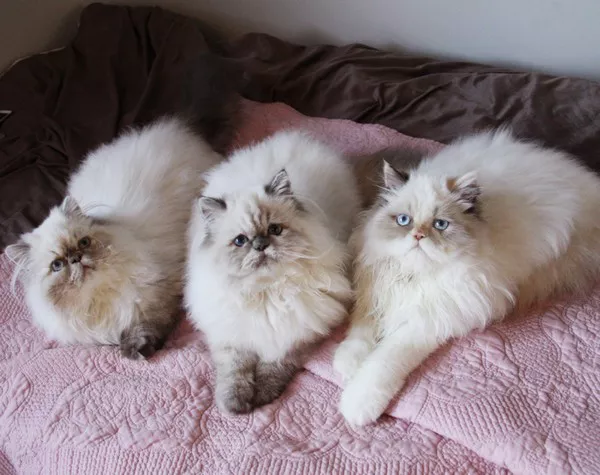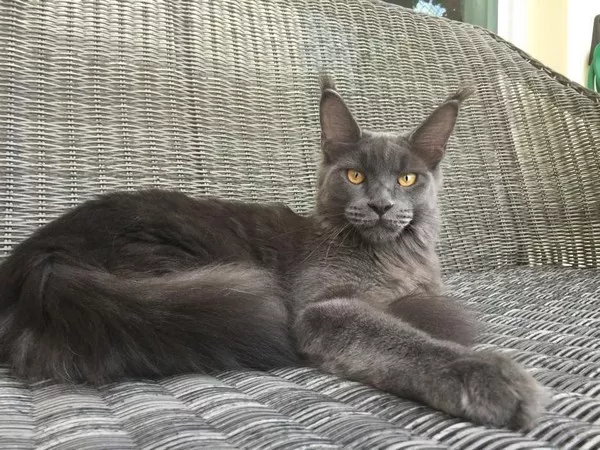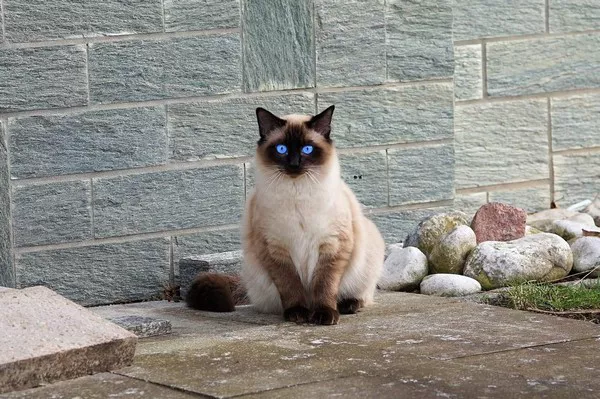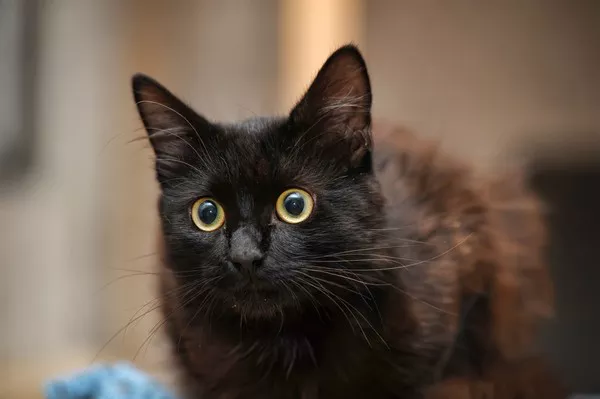Cats, known for their meticulous grooming habits, usually take care of their hygiene needs independently. However, some cat owners may find themselves contemplating the idea of trimming their cat’s bum hair. This grooming dilemma is often rooted in concerns about hygiene, matting, or cleanliness. In this article, we explore the factors to consider when deciding whether to trim your cat’s bum hair and delve into the best practices for maintaining your feline friend’s hygiene.
Understanding the Cat’s Natural Grooming Behavior:
Cats are renowned for their fastidious grooming behavior. They use their tongues and teeth to clean themselves, ensuring that their fur remains free of dirt, debris, and parasites. This instinctive grooming routine extends to the anal area, where cats use their tongues to keep the fur clean.
1. Hygiene Concerns:
The primary concern that prompts cat owners to consider trimming bum hair is hygiene.
Long-haired cats, in particular, may experience challenges in keeping their bum area pristine, leading to potential hygiene issues.
2. Matting and Tangles:
Cats with longer fur are more prone to matting and tangles, which can occur in the bum area.
Matting can be uncomfortable for the cat and may lead to skin irritation.
3. Senior Cats or Cats with Mobility Issues:
Senior cats or those with mobility issues may struggle with reaching and grooming their bum area effectively.
Trimming the hair in this region can assist in maintaining cleanliness for cats facing mobility challenges.
Factors to Consider Before Trimming:
1. Cat’s Temperament:
The temperament of the cat plays a crucial role in determining whether trimming is a feasible option.
Cats that are resistant to grooming procedures may become stressed or agitated during trimming.
2. Health Considerations:
Before deciding to trim bum hair, consider the overall health of the cat.
Cats with skin conditions, wounds, or irritations may require specialized grooming care, and consulting a veterinarian is recommended.
3. Grooming Tools:
If you decide to trim, use appropriate grooming tools such as small scissors or clippers designed for pet grooming.
Exercise caution to avoid accidental cuts or injuries to the cat’s delicate skin.
Best Practices for Trimming:
1. Use Specialized Pet Grooming Tools:
Invest in grooming tools specifically designed for cats, such as rounded-tip scissors or electric clippers.
These tools minimize the risk of injury and ensure a safer trimming experience.
2. Create a Calm Environment:
Choose a quiet and calm environment for grooming to reduce stress for both you and the cat.
Use positive reinforcement, such as treats or gentle praise, to create a positive association with the grooming process.
3. Seek Professional Grooming Assistance:
If you’re unsure about trimming your cat’s bum hair or if your cat exhibits resistance, consider seeking professional grooming assistance.
Professional groomers have the expertise to handle grooming challenges and can provide guidance on the best approach.
Alternatives to Trimming:
1. Regular Brushing:
Regular brushing is an effective alternative to trimming, especially for long-haired cats.
Brushing helps prevent matting, reduces shedding, and promotes overall coat health.
2. Hygiene Wipes:
Cat-friendly hygiene wipes are available for maintaining cleanliness in the bum area.
These wipes can be a convenient solution, particularly for cats that may not tolerate grooming procedures.
3. Veterinary Consultation:
If you have concerns about your cat’s grooming habits or hygiene, consult with a veterinarian.
A veterinarian can assess the cat’s overall health and provide recommendations for grooming care.
Conclusion:
The decision to trim a cat’s bum hair involves a delicate balance between the cat’s grooming needs and their comfort. While some cats may benefit from occasional trimming, others may find the process stressful. Understanding your cat’s temperament, considering health factors, and exploring alternative grooming methods are essential steps in ensuring your cat’s well-being.
Regular grooming practices, including brushing and hygiene wipes, contribute to maintaining a clean and healthy coat. Additionally, seeking professional grooming assistance when needed demonstrates a commitment to providing the best care for your feline companion. Ultimately, the goal is to prioritize your cat’s comfort and hygiene while fostering a positive grooming experience for both you and your cherished feline friend.



























